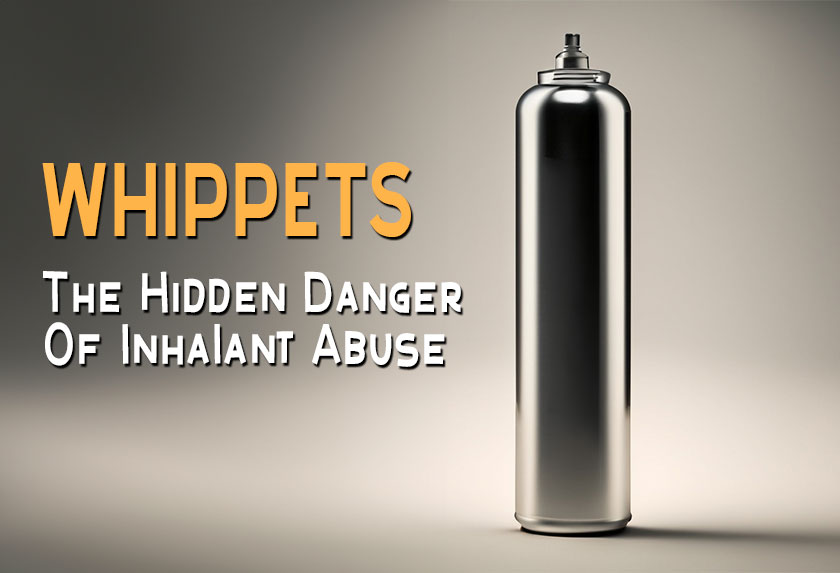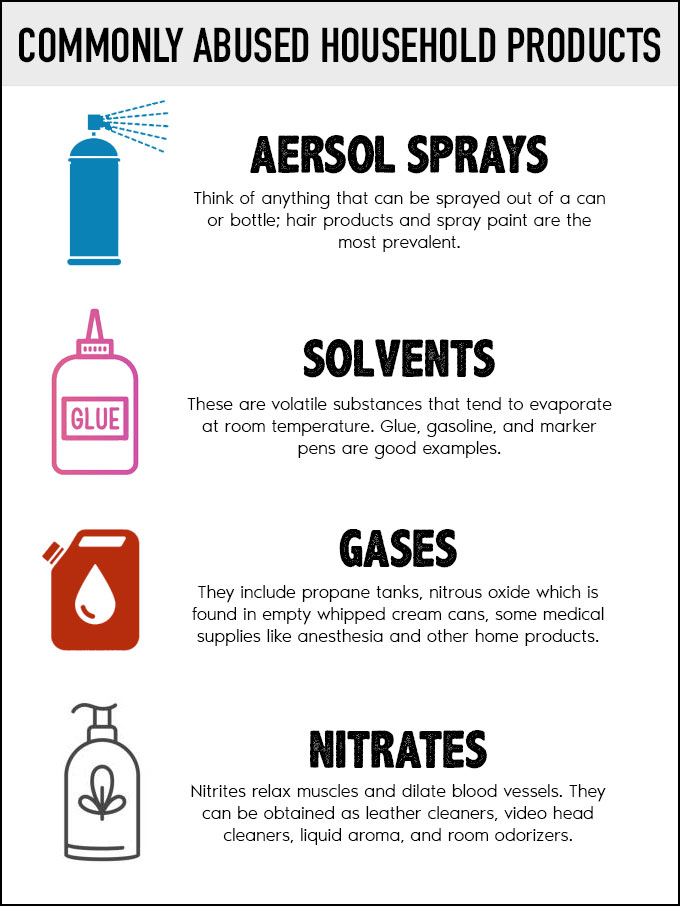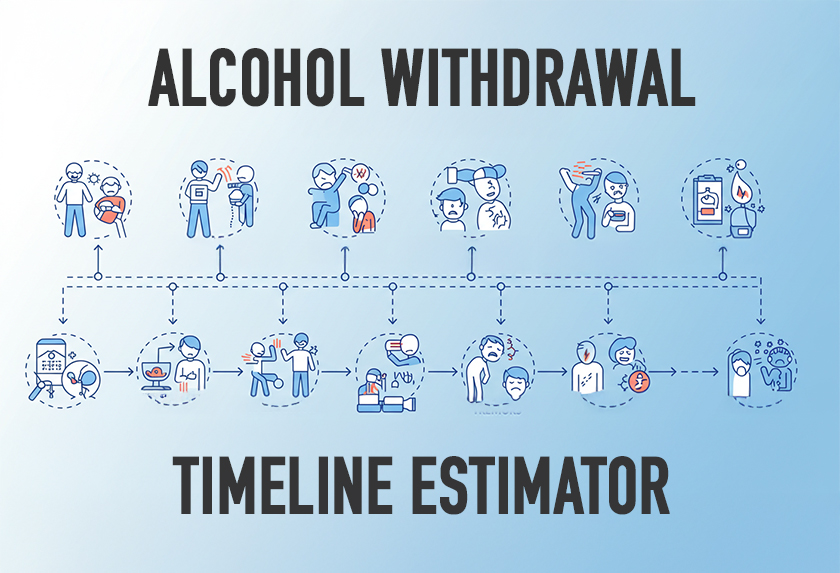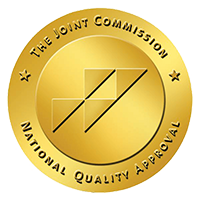Inhalant abuse, with a focus on the notorious “Whippets drug,” remains a deeply concerning issue often underestimated and overlooked.
Despite its alarming prevalence and shocking statistics, public awareness of this hazardous practice remains surprisingly low.
This article aims to bring to light the realities of “Whippets drug” and the forgotten epidemic of inhalant abuse, urging for heightened awareness.
Understanding Inhalants
Inhalants encompass volatile substances commonly found in everyday household products like computer cleaners, spray paint, and markers. When inhaled, these substances induce mind-altering effects.
The methods of abuse typically involve sniffing, bagging, or huffing, making it a significant public concern with over 1000 easily accessible products containing these hazardous chemicals.
What are Whippets?
Referred to as “Whippets drug,” this term denotes the street name for nitrous oxide chargers, commonly found in whipped cream canisters.
Nitrous oxide, also known as “laughing gas,” finds legitimate medical use but is unfortunately abused for its euphoric effects when inhaled.
Combining nitrous oxide with other substances can lead to severe consequences.
How are Whippets Used?
Nitrous oxide, often known as laughing gas or N2O, is a colorless gas with a slightly sweet smell. It has legitimate uses in various professions, particularly in medicine and the culinary industry. When used responsibly and under proper guidance, nitrous oxide can be beneficial.
In medicine, it serves as an anesthetic and analgesic during dental procedures, surgeries, and childbirth. Moreover, it finds its way into the culinary industry, contributing to whipped cream and foams in various dishes.
However, nitrous oxide is also subject to abuse, leading to significant health risks. When abused, individuals inhale the gas for its euphoric and dissociative effects.
Common methods of abuse include using “whippets,” small metal cartridges containing nitrous oxide meant for whipped cream dispensers, and inhaling directly from large canisters or tanks.
Abusing nitrous oxide can have severe consequences, such as oxygen deprivation, accidents, vitamin B12 deficiency, addiction, mental health issues, and physical harm to organs. Therefore, responsible use of nitrous oxide should only occur under professional supervision, while its abuse must be avoided due to the serious risks involved.
The Dangers of Whippets Drug
Abusing the Whippets drug can result in immediate side effects, such as numbness, loss of coordination, and blurred vision.
Prolonged abuse can lead to even more severe consequences like low blood pressure, heart attacks, and fatalities.
Additionally, chronic use can harm mental health, weaken immunity, and cause irreversible damage to the nervous system.
Understanding Prevalence and Demographics
Inhalant abuse is a pervasive issue that impacts various demographics, with adolescents being particularly susceptible.
The ease of access to inhalants makes them alluring to young individuals seeking a quick and cost-effective high.
Surveys like the National Survey on Drug Use and Health (NSDUH) have revealed that over 10% of U.S. adolescents have experimented with inhalants, necessitating targeted prevention and education efforts.
Long-Term Effects on the Body and Brain
Chronic inhalant abuse, including the use of the Whippets drug, can result in severe and long-lasting consequences on both the body and brain. Vital organs like the heart, liver, and kidneys may suffer irreversible damage, posing life-threatening conditions.
Notably, the developing adolescent brain is highly vulnerable to the toxic effects of inhalants, leading to impaired cognitive development, memory issues, and reduced attention span.
Impact on Mental Health
Inhalant abuse goes beyond affecting physical health; it also takes a toll on mental well-being.
Prolonged inhalant use can lead to anxiety, depression, and various other psychiatric disorders.
The temporary euphoria experienced during inhalant abuse is often followed by volatile mood swings and emotional instability, creating a destructive cycle of addiction.
Dangers of Inhalant Abuse during Pregnancy
Inhalant abuse poses risks not only to the abuser but also to unborn children in the case of pregnant women.
Inhalants can cross the placenta and interfere with fetal development, resulting in pregnancy complications and birth defects.
It is crucial for expectant mothers to comprehend the dangers of inhalant abuse and seek help to safeguard their health and that of their unborn child.
Long-Term Consequences for Adolescents
Adolescents engaging in inhalant abuse are at risk of both immediate and long-term consequences, impacting their future.
Inhalants can hinder brain development during adolescence, leading to lasting cognitive impairments and difficulties in memory and learning.
Furthermore, inhalant abuse during crucial teenage years can impede social development and academic performance, influencing opportunities in adulthood.
Impact on Academic Performance
Inhalant abuse negatively affects academic performance, contributing to poor grades, absenteeism, and a higher likelihood of dropping out of school.
The cognitive impairments resulting from inhalant abuse make it challenging for students to concentrate, retain information, and excel in exams.
Behavioral changes may lead to disciplinary issues and strained relationships with teachers and peers.
Recognizing Signs of Inhalant Abuse in Teenagers
Detecting inhalant abuse in teenagers can be challenging, as they may conceal their actions. Nonetheless, certain common signs to watch for include:
- Frequent use of air fresheners or deodorizers to mask odors
- Chemical odors on breath or clothing
- Intoxicated behavior without the smell of alcohol
- Stains from paint or chemicals on skin and clothing
- Red or watery eyes
- Sudden irritability or mood swings
- Neglect of personal hygiene and appearance
- Decline in academic performance and loss of interest in extracurricular activities
Tips for Parents and Educators
Parents and educators play a pivotal role in preventing and addressing inhalant abuse among youths. Here are some tips to guide their efforts:
- Foster Open Communication: Encourage open and non-judgmental communication with teenagers, allowing them to express their feelings and concerns freely.
- Educate about Inhalants: Provide accurate information about the dangers of inhalant abuse and its potential consequences, using age-appropriate resources to educate teenagers effectively.
- Lead by Example: Set a positive example by refraining from using inhalants or any other substances in front of teenagers.
- Monitor Internet Activity: Keep an eye on teenagers’ online activities and educate them about the risks of seeking information about inhalants or substances online.
- Create a Supportive Environment: Establish a supportive and nurturing environment at home and in school, ensuring teenagers feel safe discussing their challenges and seeking help when needed.
The “Whippets drug” is a critical public health concern requiring immediate attention.
By enhancing awareness, implementing better controls on the sale of inhalant-containing products, and offering support to those impacted, we can effectively combat this silent epidemic.
Through education, prevention, and access to treatment, we can protect future generations from the perilous effects of inhalant abuse.
Together, let us illuminate this overlooked issue and stand united against inhalant abuse, forging a safer and healthier society for all.














